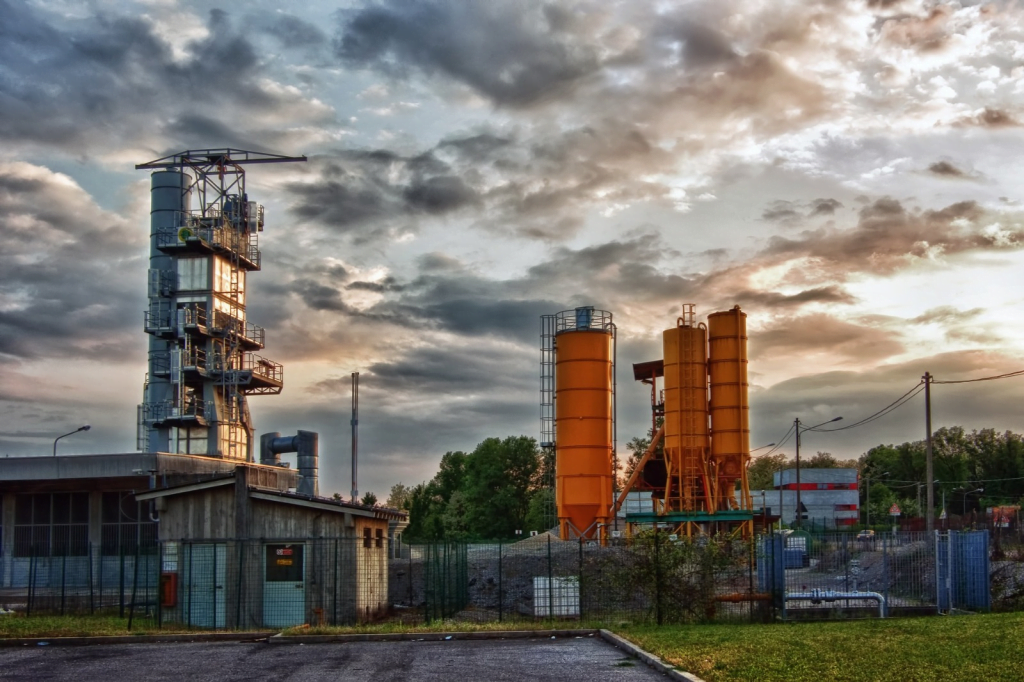Cement is a fine powder that is used as a binder in concrete, mortar, and other construction materials. It is made from a mixture of limestone, clay, and other minerals that are heated to a high temperature. When cement is mixed with water, it forms a paste that hardens and binds the other materials together.
Types of Cement
There are many different types of cement available, each with its own specific properties and applications. Here are a few of the most popular types of cement:
- Portland cement: Portland cement is the most common type of cement used today. It is strong, durable, and versatile, and can be used in a wide variety of applications.
- Blended cement: Blended cement is a mixture of Portland cement and other materials, such as fly ash or slag. Blended cement is often used in applications where high durability or strength is required, such as bridges and dams.
- White cement: White cement is made from limestone and clay that have a low iron content. White cement is used in applications where a white or light-colored concrete is desired, such as architectural concrete and precast concrete.
- Rapid-setting cement: Rapid-setting cement is a type of cement that hardens very quickly. It is often used in applications where time is critical, such as repairs and emergency construction.
Applications of Cement
Cement is used in a wide variety of applications, including:
Concrete is a composite material made from cement, water, and aggregate. Concrete is the most common construction material in the world, and is used to build bridges, buildings, roads, dams, and other structures.
Mortar:
Mortar is a mixture of cement, sand, and water. Mortar is used to bind bricks and stones together, and to fill in cracks and gaps in concrete.
Stucco:
Stucco is a mixture of cement, sand, and water that is applied to the exterior of buildings to create a protective and decorative finish.
Grout:
Grout is a mixture of cement, sand, and water that is used to fill in the spaces between tiles and bricks.
Cement is produced by heating a mixture of limestone, clay, and other minerals to a high temperature. This process is called clinkering. The clinker is then ground into a fine powder to produce cement.
Cement production is a major contributor to global energy consumption and greenhouse gas emissions. However, the cement industry is investing in research and development to find more sustainable ways to make cement.
The Importance of Cement
Cement is an essential building material that is used to construct a wide variety of structures, including bridges, buildings, roads, and dams. Cement is also used to create a variety of other construction materials, such as concrete, mortar, and stucco.
Cement has played a vital role in the development of human civilization. It has enabled us to build structures that would not be possible with other materials. Cement is also essential for the construction of infrastructure, such as roads and dams.
A Detailed Timeline
7000 BC: The ancient Egyptians are the first known to use cement. They mix gypsum and sand to create a mortar that is used to build the pyramids.
27 BC: The Romans begin using cement extensively in their construction projects. They develop a new type of cement that is more resistant to water and frost. This cement is used to build many of the iconic Roman structures, such as the Colosseum and the Pantheon.
1200 AD: The use of cement declines in Europe during the Middle Ages. This is due to a number of factors, including the availability of other building materials and the decline of Roman engineering techniques.
1756: John Smeaton, a British engineer, develops a new type of hydraulic cement that is more resistant to water and frost. This cement is used to build the Eddystone Lighthouse, which is the first major structure to be built using hydraulic cement.
1824: Joseph Aspdin patents Portland cement, the most common type of cement used today. Portland cement is made from a mixture of limestone and clay that is heated to a high temperature. It is named after the Isle of Portland in England, where the cement has a similar color to the local stone.
1845: Isaac Johnson begins the commercial production of Portland cement in England.
1871: The first Portland cement factory in the United States opens in Pennsylvania.
1903: The first reinforced concrete skyscraper, the Ingalls Building, is built in Cincinnati, Ohio.
1920s: The production of cement increases rapidly to meet the growing demand for concrete. Concrete is a versatile building material that is used in a wide variety of applications, including bridges, buildings, roads, and dams.
1950s: The development of new construction techniques, such as precast concrete and post-tensioned concrete, leads to a further increase in the use of cement.
Today: Cement is one of the most important building materials in the world. It is used in almost every type of construction project. Cement production is also a major industry, with billions of tons of cement produced each year.
The Role of Cement in Human Civilization
Cement has played a vital role in the development of human civilization. It has enabled us to build bridges, buildings, and other structures that would not be possible with other materials. Cement is also essential for the construction of infrastructure, such as roads and dams.
Here are just a few examples of how cement has been used to build iconic structures around the world:
The Great Wall of China: The Great Wall of China is one of the most impressive structures ever built. It is made from a variety of materials, including cement.
The Taj Mahal: The Taj Mahal is a stunning white marble mausoleum in India. It was built in the 17th century using a type of cement that was made from lime and sand.
The Eiffel Tower: The Eiffel Tower is a wrought iron lattice tower in Paris, France. It was built in the 1880s using a type of cement that was made from limestone and clay.
The Sydney Opera House: The Sydney Opera House is a landmark building in Sydney, Australia. It was built in the 1970s using a type of cement that was made from limestone and fly ash.
These are just a few examples of the many ways that cement has been used to build iconic structures around the world. Cement has played a vital role in the development of human civilization, and it continues to be an essential building material today.
The Future of Cement
The demand for cement is expected to grow in the coming years. This is due to the growing population and the need for new infrastructure. However, the cement industry is facing a number of challenges, including the environmental impact of cement production and the need to develop more sustainable cement production methods.
Cement producers are working to develop new and more sustainable ways to produce cement. One promising approach is to use alternative materials, such as recycled materials or biomass, in the cement production process. Another approach is to use new technologies to reduce the environmental impact of cement production.
The future of cement is uncertain, but it is clear that the cement industry is facing a number of challenges. Cement producers need to develop new and more sustainable ways to produce cement in order to meet the growing demand for cement and reduce the environmental impact of cement production.
Cement is a versatile and essential building material that is used in a wide variety of applications. The cement industry is working to develop new and more sustainable ways to produce cement in order to meet the growing demand for cement and reduce the environmental impact of cement production.




It is remarkable, it is very valuable answer